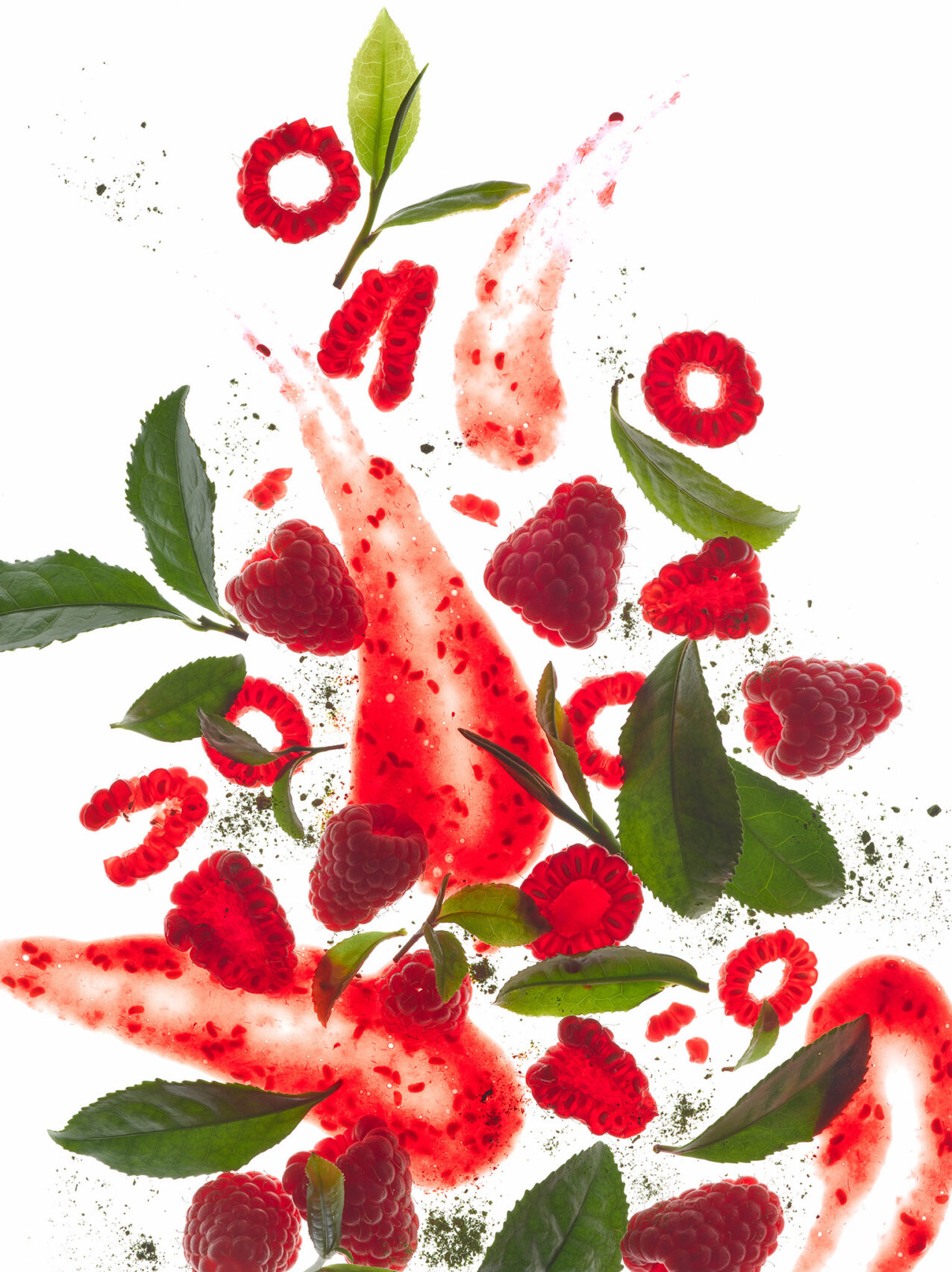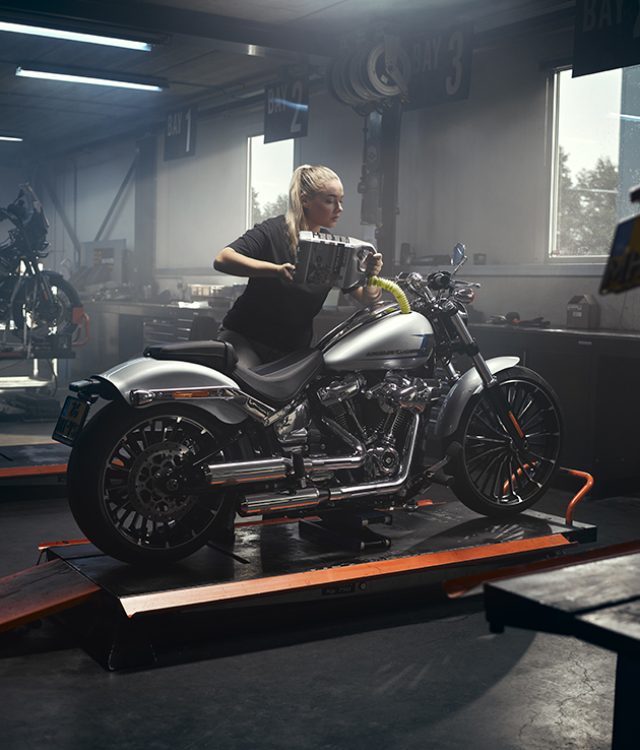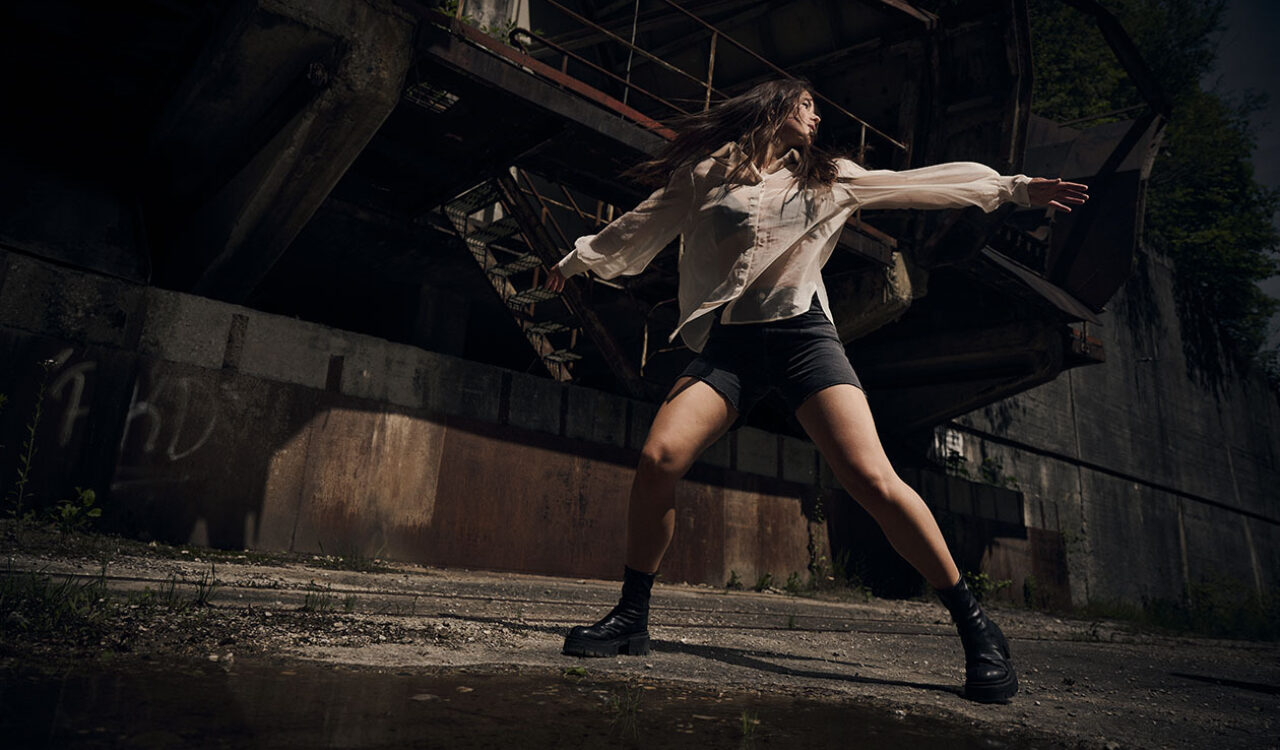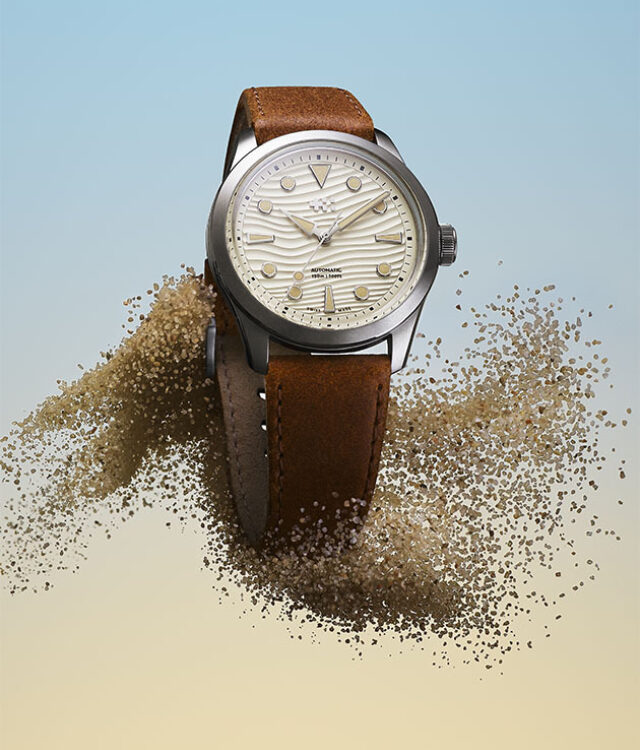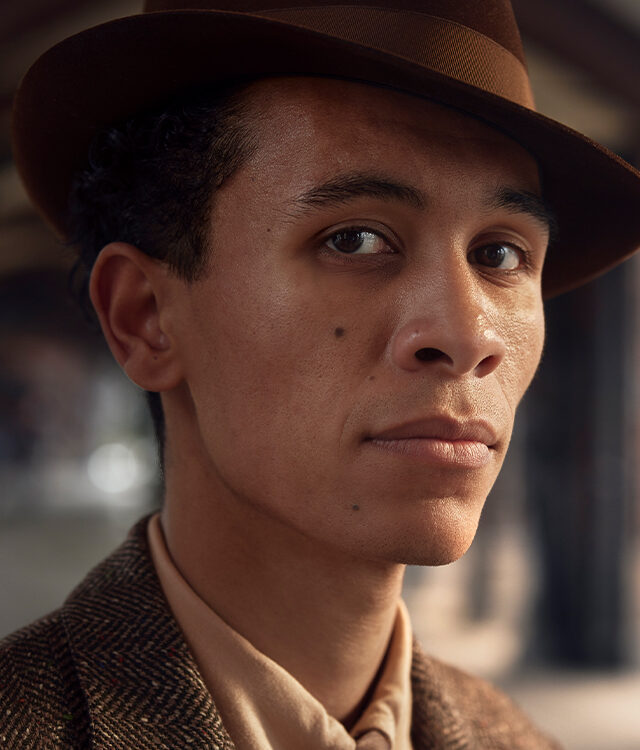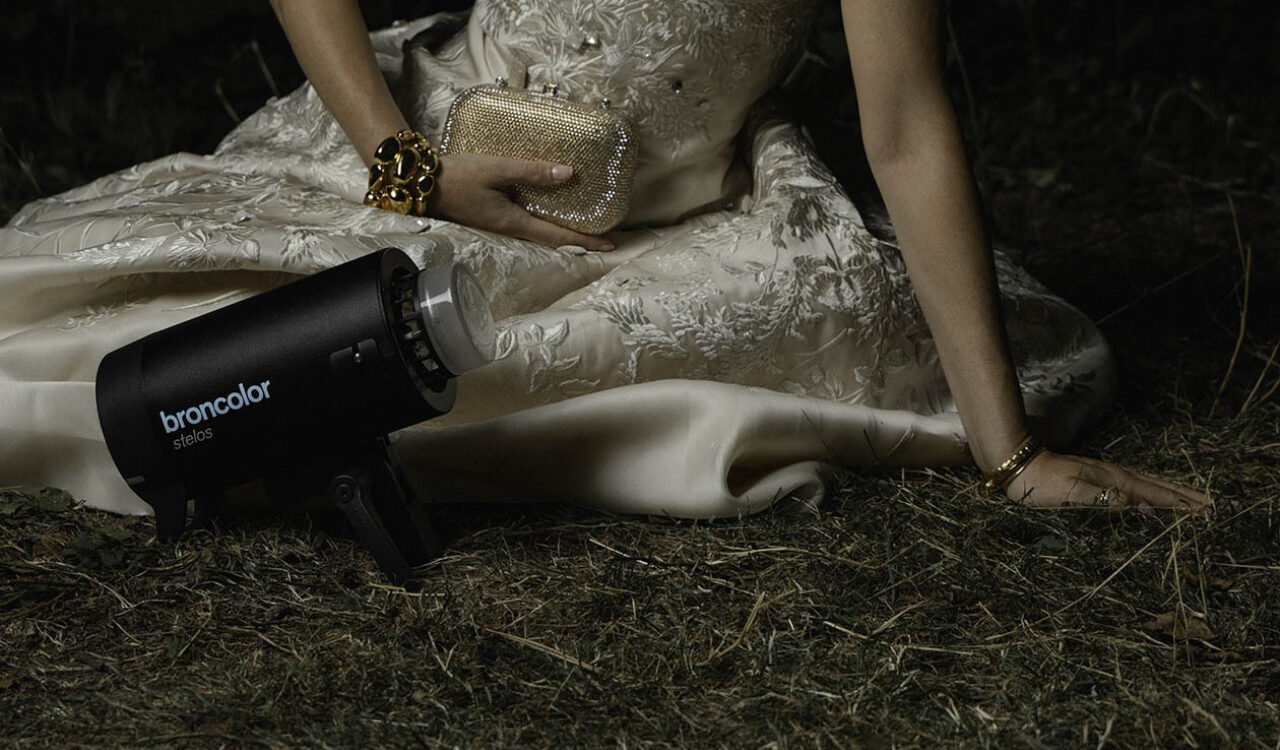
As part of our food photography campaign, we were allowed to look over Claudia Link's shoulder during a food shoot in her studio, which is specially equipped with a kitchen. She was supported by Thierry Fuchs, a renowned food stylist for picture and film productions. We didn't miss the opportunity to ask Thierry about the usual course of a project and the most important "dos and don'ts" in food styling:
"A project usually starts with a request from an agency or a photographer. Sometimes I am asked directly, but here I refer to photographers with whom I work. I have worked in a photo studio myself for a long time, but I stay away from photography and lighting.
In a first step, the project is discussed with all the people involved and the rough direction is defined on the basis of mood boards. In the process, I suggest the first suitable props. However, one success factor in food styling is spontaneity on the set. Therefore, it is important to have enough props as well as enough food on location on the day of the shoot. In reality, we often end up acting independently of the pre-discussed setup.

When choosing food, I go for fresh products, preferably from a local market. In general, I never use "fake food" and also avoid foreign products such as engine oil on steaks or hairspray. Everything I put in front of the lens is always edible, but possibly with too little seasoning or too much oil on the dish. This rule means that my designs are always authentic, which many customers appreciate.
I prefer to style fresh products from the market such as salad or vegetables. Whether raw or prepared, I often create beautiful images with bright colours. For other dishes, too, I usually cook the ingredients only briefly so that the colours are preserved. For a nice sheen, I usually coat the dish with a mixture of oil and spices after cooking.
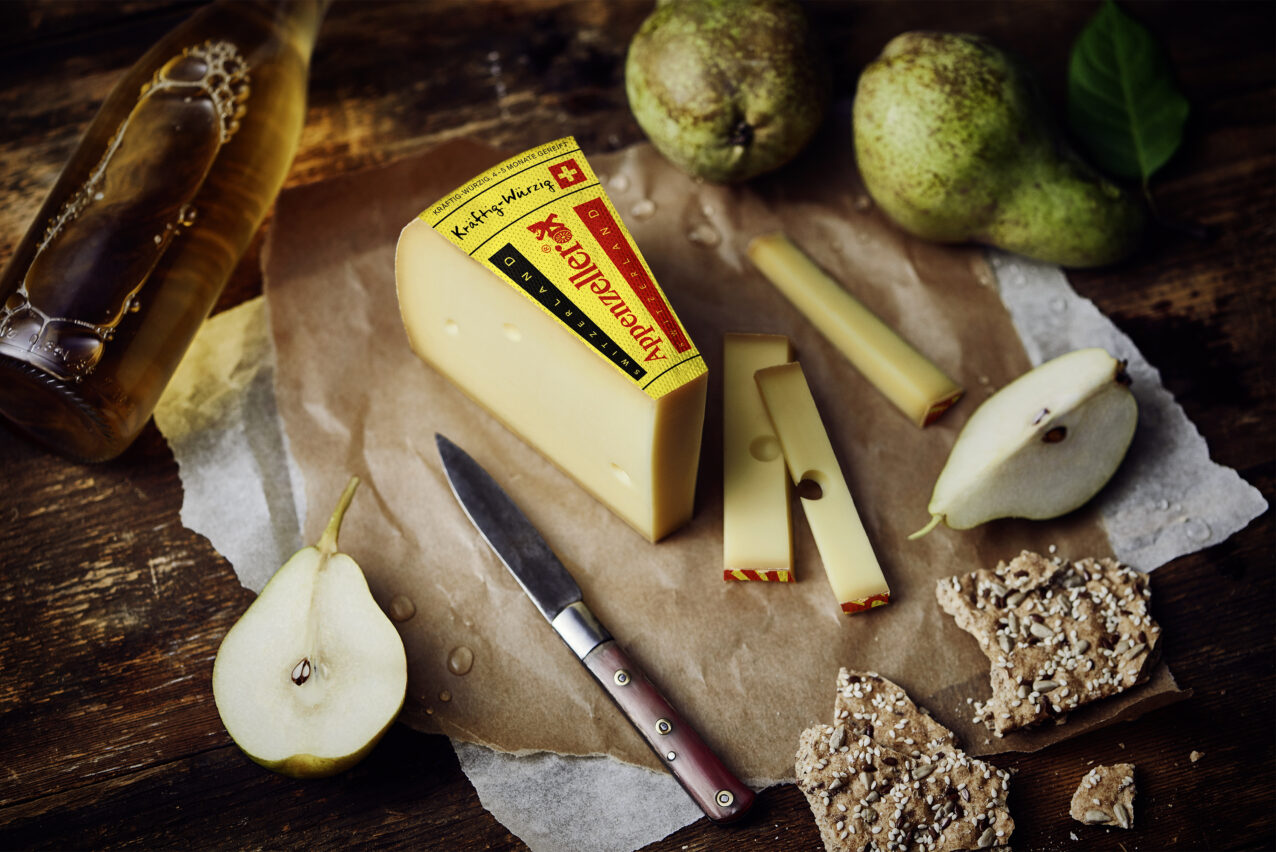
Sauces and oven dishes are extremely demanding when it comes to styling. Lasagne is a good example: To present these clearly often requires a lengthy build-up of the plate and precise dosing of the sauce. With sauce, you only have one shot - if it runs down in the wrong place, you have to start with a completely new plate. Likewise, time runs against you in the shoot. A fried steak that has been brushed with a mixture of soy sauce, oil and spices is only nice to photograph for half an hour. After that it starts to become "leathery" and has to be changed.
Coordination with the photographer is another factor for success. Although the division of tasks between photography and designing the products (including keeping them fresh) is clearly separated, close cooperation is essential for the best results."
www.thierryfuchs.com
www.instagram.com/thie...
